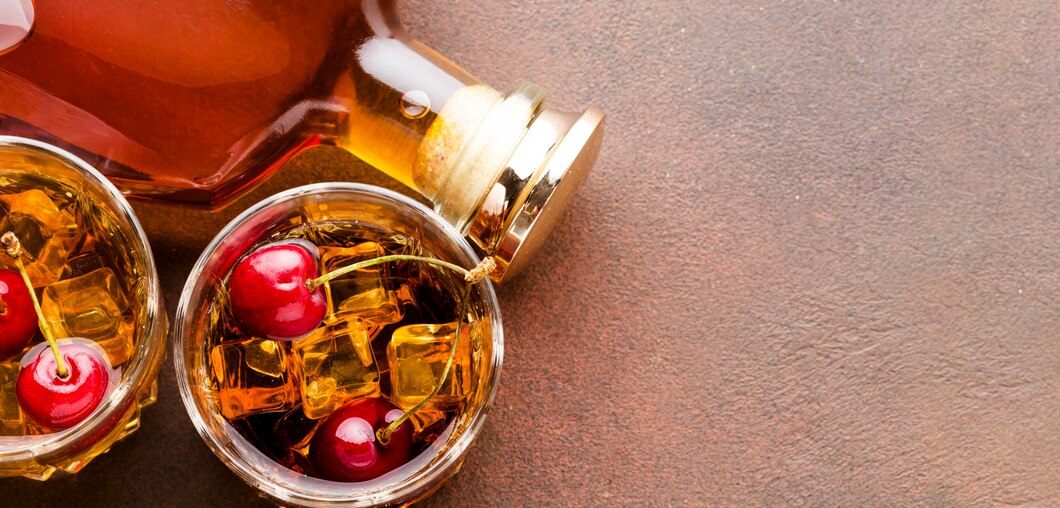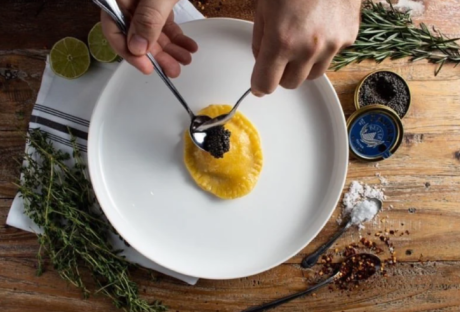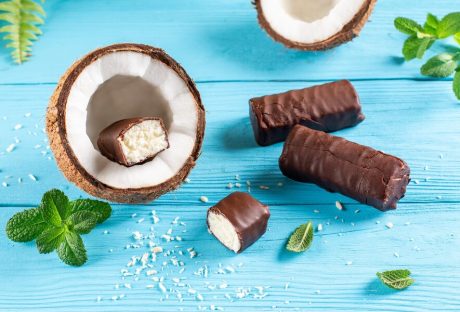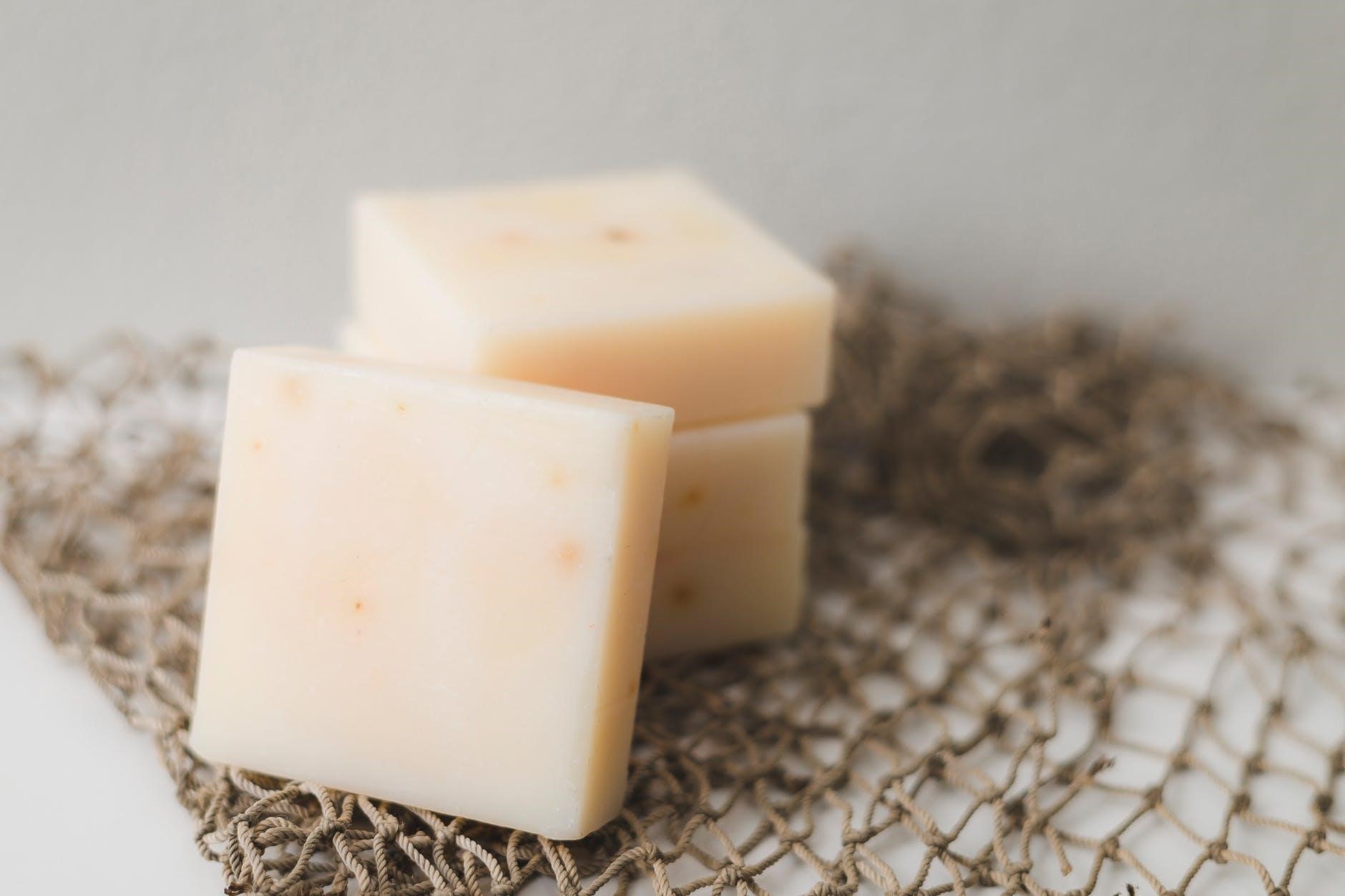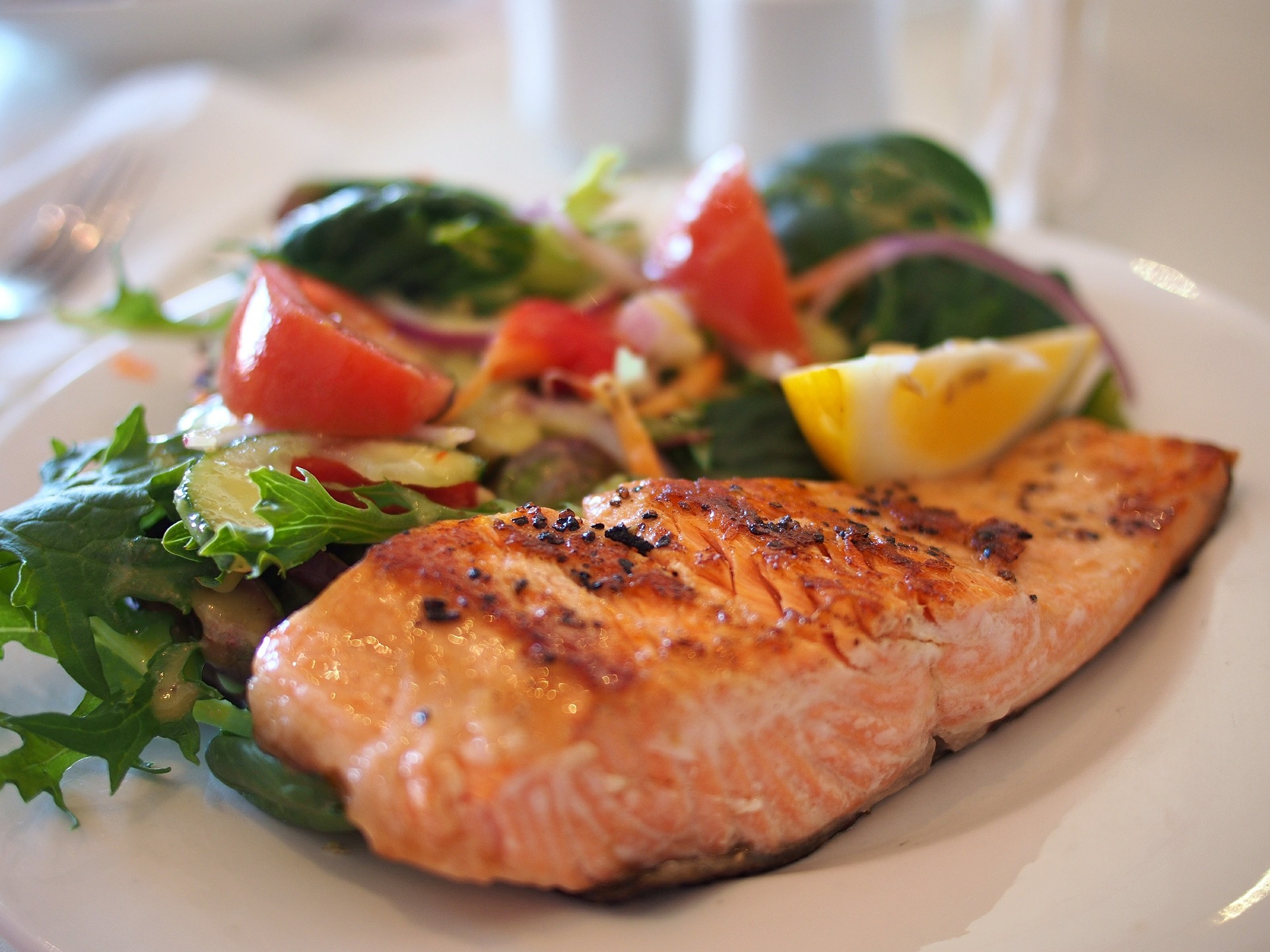Whether you’re a passionate mocktail mixer, an expert bartender, or just looking to add some flavor to your favorite dishes, non-alcoholic bitters are the perfect way to add a layer of complexity and depth. Not sure where to start? That’s ok.
We’ve put together this comprehensive guide on five things you should consider when shopping for non-alcoholic bitters, including their unique health benefits.
Contents
Here Are Five Prime Things To Consider When Shopping For Non-Alcoholic Bitters

Read on as we show you everything you need to know about buying the best non-alcoholic bitters around.
1 – Don’t Mistake Alcoholic Bitters For Non-Alcoholic
We’ll start with the most obvious point. It’s essential to make sure you’re buying non-alcoholic bitters, like the ones that can be found at All The Bitter. Most bitters look alike when shopping at the grocery store, so sometimes it’s hard to tell the difference between the two. Shopping online for non-alcoholic bitters is probably your best bet because these niche stores have exactly what you’re looking for.
2 – Organic and Wild-Foraged Ingredients
Make sure that the ingredients in your non-alcoholic bitters are organic and wild-foraged. This means that they haven’t been exposed to harsh chemicals or synthetic additives, so you can be confident that they are as natural as possible.
This also ensures that your drink is free from artificial flavors and colors, which can take away from the authentic taste of a mocktail. Mom-and-pop stores do better with this versus big-name brands that can be found at your local grocery store. Let’s face it, handmade is always better than processed.
3 – Beneficial Botanicals And Health Benefits
Finally, consider what beneficial botanicals and health benefits each non-alcoholic bitter has included in its recipe.
Such as the following:
- gentian root (helps digestion)
- dandelion root (a natural diuretic)
- Burdock root (anti-inflammatory properties)
- milk thistle seed (liver detoxifier)
- holy basil (antioxidant effects)
- orange peel (to aid digestion)
- ginger root (anti-nausea effects)
- yellow dock root (rich in iron)I
Not only can these ingredients help support well-being, but they also bring an added depth of flavor and complexity to any mocktail – so choose wisely.
4 – Vegan
If you follow a vegan lifestyle, you will want to check if the non-alcoholic bitters have been made with vegan ingredients, as some may contain animal products such as honey or beeswax. Even if you’re not vegan, it’s always good to keep vegan-friendly bitters on hand for guests who may follow that lifestyle.
5 – Gluten-Free
If you follow a gluten-free diet, check if the bitters are gluten-free before adding them to your cart. While many brands use gluten in their recipes, there are some options available that don’t contain gluten at all, so be sure to thoroughly check the label before making a purchase.
Consider These Tips When Shopping For Non-Alcoholic Bitters
As more people switch from alcoholic drinks to mocktails, there is an ever-growing demand for good quality non-alcoholic bitters. But not all products are created equal. So when shopping for them, make sure you keep these five things in mind.
This way, you can guarantee yourself an enjoyable mocktail experience every time. With so many great options available, it shouldn’t be too hard to find something perfect for you – happy sipping, and thanks for reading.
Read Also:













